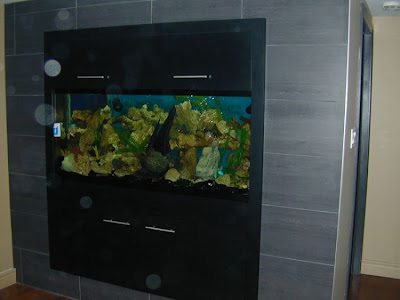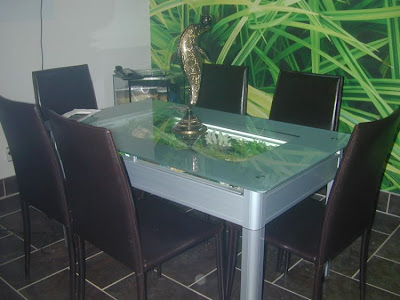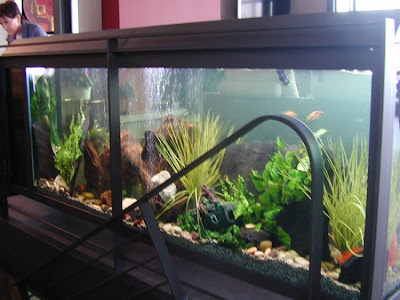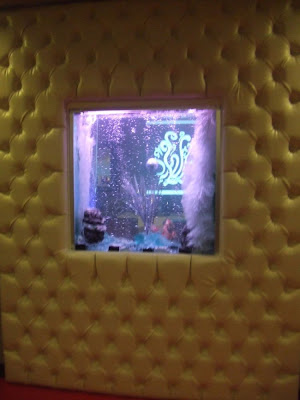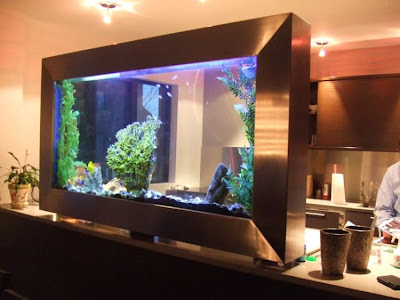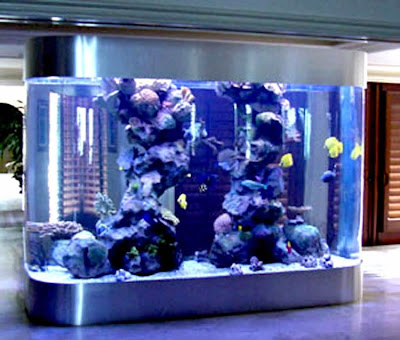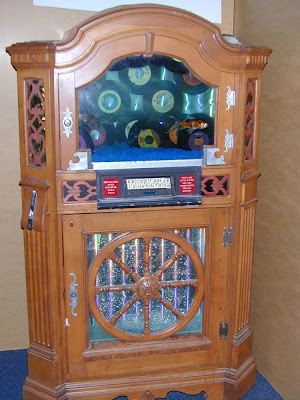
It's a tragic image though, Gordon standing impassioned in his pyjamas on his fake podium, frantically rehearsing his big ideas of clamping down on binge drinking and incarcerating fallen women to an audience of three snoozing aides.
It raises some interesting questions too. Is it exactly the same as the real one or is it a mock up made from cardboard and sellotape? Does he bring it with him? And who designed it? This is an object which, along with the rest of the conference interior, carries a significant amount of symbolic weight. And yet they are rarely discussed in design terms.
Make no mistake the podium itself is a fucking ugly object, like a huge plastic mushroom with an unpleasant foreskin fold halfway down its length. The whole thing is hydraulic too so the top half actually lowers down at the end of the speech in an unfortunate display of political detumescence.
It's difficult to know where the styling is coming from. There is a touch of the X-Box display stand about it and, obviously, a lot of the pulpit, both of which are probably deliberate. Political symbolism in this country is generally pretty clunky and gauche though from the Conservative's Caran d'Ache oak tree to the Liberal Democrats golden Phoenix rising from the ashes.
At the party conferences such insipid bits of graphic branding are combined with Spearmint Rhino lighting and a love of Union Jack emblazoned plasma screens. It makes for a queasy spectacle, a mix of faux self-effacement, orgiastic self worship and jingoistic mania. I'm not sure it would be preferable if it was well designed but - the vacuous populism of the content aside - its difficult to imagine a more alienating spectacle than the modern party conference.




































